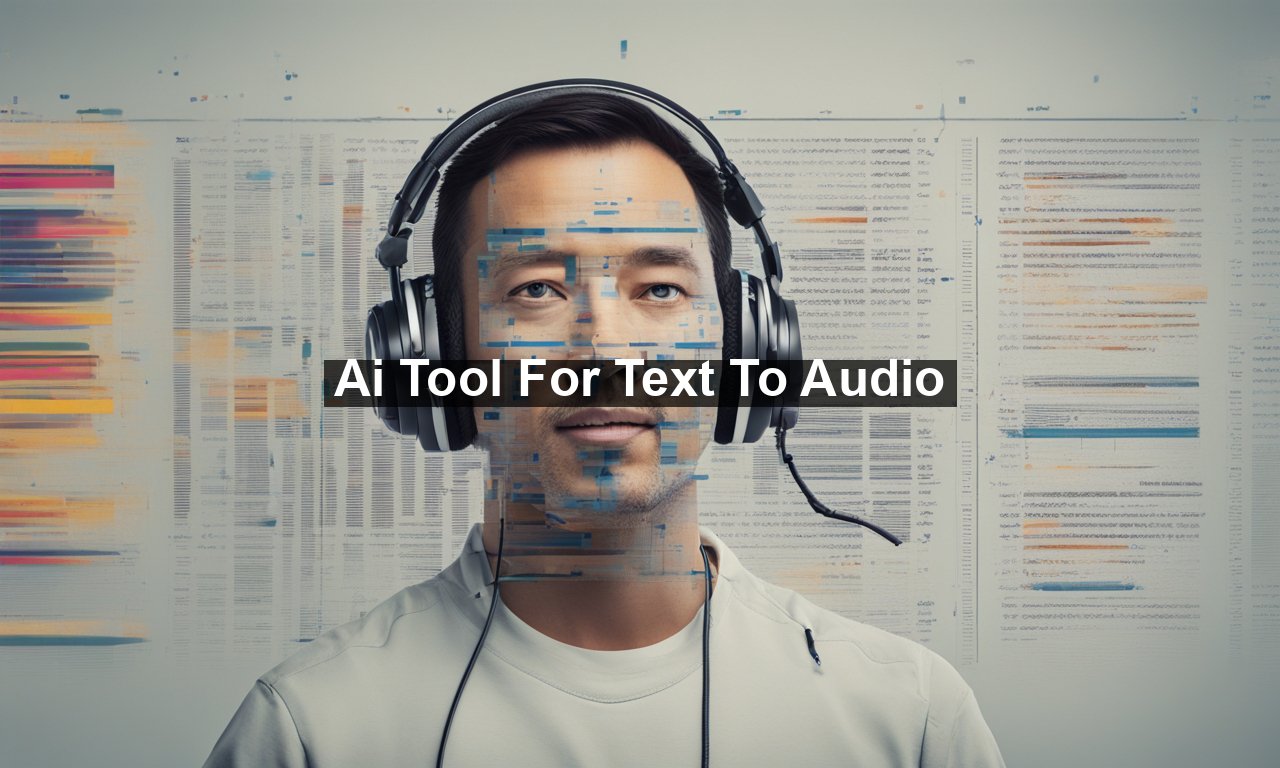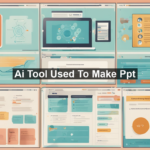In a world where time is of the essence, having the ability to transform written text into audio can be a game-changer. Imagine being able to consume your favorite articles, books, or any written content while driving, exercising, or simply relaxing. The power of artificial intelligence (AI) has made this scenario not just possible but incredibly accessible. This blog post will dive into how AI tools for text to audio are revolutionizing the way we interact with content, addressing common questions, and unpacking its significance for various users.
What is AI Text to Audio?
AI Text to Audio is an innovative technology that utilizes artificial intelligence to convert written text into spoken words. These AI tools, often referred to as Text-to-Speech (TTS) systems, offer a seamless way to listen to written content. They come in various forms—apps, web-based services, and software integrations—designed to cater to diverse needs.
How Does It Work?
The process is fairly straightforward:
- First, you input the text into the AI tool. This can be typed in, copied and pasted, or imported from a document.
- Next, the AI software processes the text using natural language processing (NLP) to understand context, syntax, and semantics.
- Finally, the tool synthesizes the written words into audio, often in a variety of voices and languages, offering a highly personalized audio experience.
For an in-depth understanding of NLP, check out this insightful article.
Why is AI Text to Audio Important?
The significance of AI Text to Audio spans across various domains and user demographics. Here are some key benefits:
Accessibility
Bridging the Gap for the Visually Impaired:
For individuals with visual impairments or reading disabilities like dyslexia, this technology is a godsend. It provides an accessible way to consume written content without needing a Braille translation or human assistance.
Efficiency
Maximizing Time:
In our fast-paced world, multitasking has become a necessity. AI text-to-audio tools allow users to listen to content while performing other tasks, thereby maximizing productivity and making good use of time.
Learning and Development
Educational Aid:
Students and lifelong learners can benefit enormously from these tools. Listening to study material can enhance comprehension and retention, making learning more efficient.
You can read more about the educational benefits of TTS technology in this detailed guide.
Common Questions About AI Text to Audio
Are These Tools Reliable?
Yes, modern AI text-to-audio tools are highly reliable. Advances in machine learning and NLP have led to significant improvements in voice quality, accuracy, and naturalness. Many tools offer customizable settings that allow you to tweak the speech rate, pitch, and accent, making the audio more pleasant and suitable to your taste.
How Much Do These Tools Cost?
AI text-to-audio tools come in a range of price points. There are free options available with basic functionalities, while premium versions offer advanced features like multiple voice options, higher quality audio, and no usage limits. Pricing can range from a few dollars per month to more substantial subscription fees, depending on the features and capabilities you need.
Can They Handle Multiple Languages?
Absolutely! Many AI text-to-audio tools support multiple languages and dialects, making them suitable for a global audience. This multilingual capability is especially beneficial for businesses that deal with international clients or content consumers who prefer listening in their native language.
Choosing the Right AI Text to Audio Tool
With various options available in the market, selecting the right tool can be daunting. Here are some factors you should consider:
Voice Quality
Opt for a tool that offers high-quality, natural-sounding voices. Some AI tools even provide celebrity voice options to further personalize your listening experience.
Language and Accent Options
Ensure the tool supports the languages and dialects you need. A good tool should offer a variety of voices with different accents to choose from.
User Experience
Look for a tool with an intuitive interface and easy-to-use features. The less hassle you have in converting your text to audio, the better.
Integration Capabilities
If you plan on using the tool with other software applications or platforms, check whether it offers easy integrations. This can save you a lot of time and effort.
Conclusion
AI tools for text to audio are transforming the way we consume written content. From offering accessibility to the visually impaired to providing a time-efficient way to stay informed, these tools are making a significant impact. As AI technology continues to evolve, we can expect even more sophisticated and versatile text-to-audio solutions. Whether you’re a student, a professional, or someone seeking to make better use of your time, AI text-to-audio tools are worth exploring.
Ready to dive deeper? Discover more about the latest advancements in AI and its applications on this comprehensive resource.











